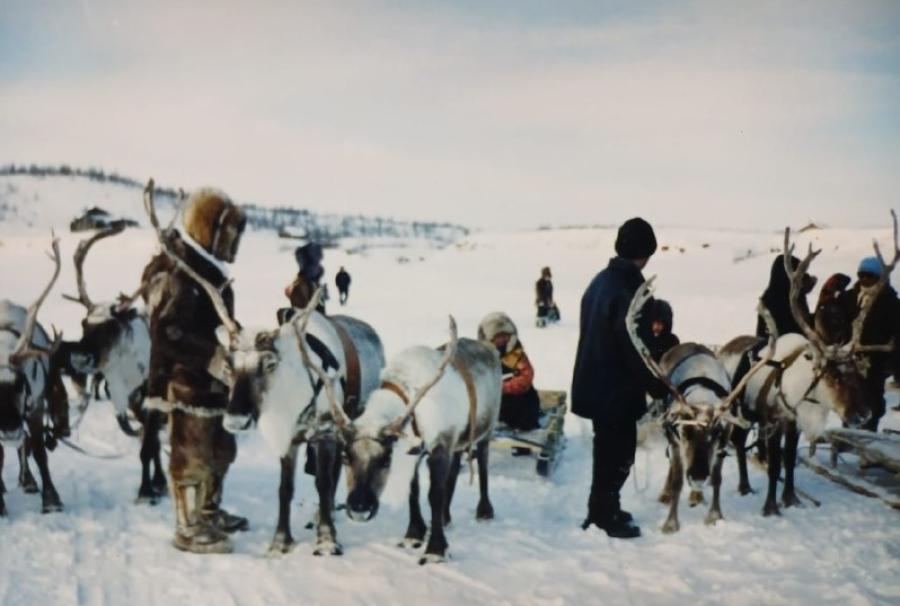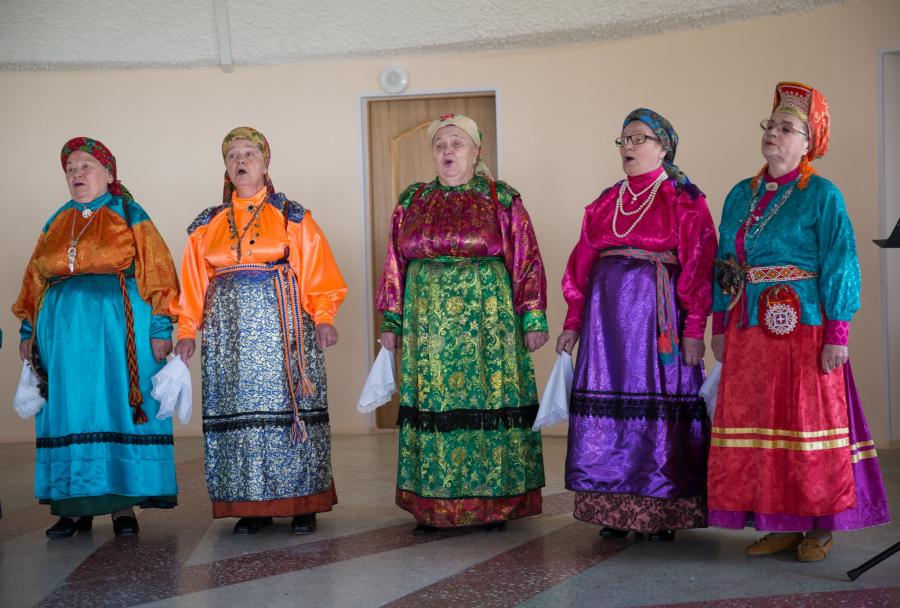This summer, I had the extraordinary fortune to travel to the Autonomous Republic of Buryatia in Siberia to attend the Altargana Festival.
Altargana means prairie flower, a plant with strong roots and a flower that reaches for the sky, even under the most adverse conditions. It is the symbol of Buryat spiritual unity and solidarity, which the festival displayed in abundance.
Like an Olympic procession, the festival opened with a parade of Buryat tribes and clans. Each group of Chinggis Khan’s descendents filed into the stadium, its members dressed in their distinct, brightly colored traditional regalia. Thousands of Buryats, who came from as far away as China and Mongolia, marched in the sweltering late afternoon heat to be part of the largest gathering of Buryat peoples in memory. By the time they were seated, dusk had faded into night. Fireworks lit the sky.
The days that followed were filled with fellowship, friendly competition, and a proud public display of an indigenous culture that has moved into the new century grounded in its history and traditions, but embracing modernity in its own unique way.
This was my first trip to Russia. Having grown up during the Cold War, I was taught that everything about the Soviet Union was bad. Nobody told me that the Soviets made huge investments in the arts, which the Buryats—then and now—make the most of. Their theater productions rival the best on Broadway, their wrestling and archery competitions display the finest in athleticism, and their dance performances are more exhilarating than any I, a dance fanatic, have ever seen. I envy the lucky producer who promotes a Buryat dance world tour.
A highlight of the trip was the yurt competition. In a huge grassy field behind a museum, each clan set up its own traditionally furnished yurt (a round tent, large and comfortable enough to house an extended family), and laid out a feast. Thousands of visitors were offered kumiss (fermented milk). Since there were no snack bars, thirsty foreigners had no choice but to expand their culinary horizons. Some clans brought their Buryat mountain dogs, camels, and other traditional animals. Others displayed their musical talents, playing the morin huur (horsehead fiddle), iochin (hammered dulcimer), and yatag (similar to a Japanese koto).
The Western consumer in me searched high and low for a souvenir shop. I finally found a single, closet-sized shop by the main entrance. No one was inside, and dust covered the few cheap items that were for sale. That’s when it struck me: Altargana was a genuine sharing of culture for culture’s sake taking place in the here and now; you could not buy it and take it home with you. Some Buryat clans probably went into debt to take part, but no one regarded the festival as an opportunity to make money. I do not know whether this was a legacy of their anticonsumerist, arts-focused communist past; part of their shamanist-Buddhist spiritual traditions; or emblematic of their current economic circumstances. But it did make me appreciate what an honor it was to be the Buryats’ guest.
There are half a million Buryats who claim the territory to the east, south, and west of Lake Baikal as their homeland. Like all indigenous peoples, they are marked by their history. Some fled to Mongolia or China when the Soviets forced them to give up their nomadic ways and live on collective farms. Most stayed and bore up, keeping their culture alive in other ways. Stalin also took his toll on the Buryats. But like one Russian historian friend put it, “Stalin was an equal opportunity dictator. He repressed Russians and ethnic minorities alike.” As a result, in the Autonomous Republic of Buryatia both the Russian majority and the Buryat minority live in harmony. Neither has had advantages that the other has been denied. There is no undercurrent of bitterness based on historical brutality or discrimination directed by one group against the other. Today, both groups have equal access to education and economic opportunity.
Participating in Altargana made me wonder, What would it have been like if European settlers on other continents had treated native peoples respectfully and as equals? What would the world’s cultures be like today if instead of fomenting ethnic cleansing, assimilation, or genocide, colonists had instead adapted to the ways of life of the indigenous peoples into whose territories they had moved? No doubt there would still have been bloodshed, competition for resources, and probably even repression and war. But maybe something that incorporates the best of native peoples’ and Europeans’ values would have emerged. Just maybe we would live today in a world where reverence for nature, passion for the arts, spiritual meaning derived from simple things, appreciation for who we are, and full and equal respect for our fellow human beings was the norm.
I came home from Buryatia feeling five years younger and a lot more hopeful than I have felt for some years. Altargana gave me a sense of possibilities that I had lost reading the newspaper and following global politics.
And to lift my spirits further, I came home to the news that the new United Nations Human Rights Council had voted for the long-awaited draft Declaration on the Rights of Indigenous Peoples. When the U.N. General Assembly adopts it this fall, the world’s indigenous peoples will finally have assurance that the nations of the world recognize their rights and are prepared to respect them. With fresh energy, Cultural Survival will go to New York to make sure the declaration’s passage becomes a reality.



